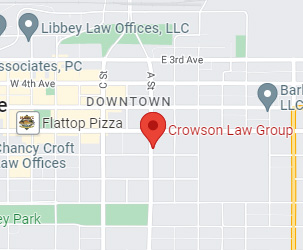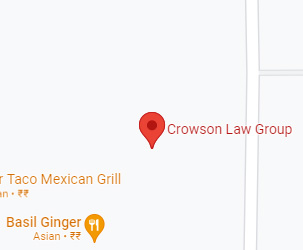Class Action Lawsuit Basics

In some instances, an act of negligence can affect more than one person in a similar way. And as a result, all these people are entitled to compensation by way of filing a personal injury claim against the defendant. Instead of each individual filing their claim or lawsuits against the defendant they may choose to file the claim together forming a class action lawsuit. This article will discuss the basics of a class action lawsuit, how it is formed, procedures and related issues.
According to the Cornell Law School Legal Information Institute “a class action is a procedural device that permits one or more plaintiffs to file and prosecute a lawsuit on behalf of a larger group or class… The device allows courts to manage losses that would otherwise be unmanageable if each single member were required to be joined in the lawsuit as a named plaintiff.” To illustrate, Tamara has a legal claim against Company X, however, taking legal action against the company is not practical because her losses are limited and the time and effort of pursuing legal action against Company X will not be a good investment. It turns out that there are a few hundred other people who have had the same claim against Company X. If certain legal procedural requirements are met, these people including Tamara can form a class of plaintiffs in one big lawsuit against the defendant – Company X; therefore, having a class action.
There are a number of different disputes and problems that can affect a large number of individuals and thus form the basis of a class action lawsuit. Some examples of disputes and problems that would result in a class action lawsuit include the following:
- Defective or unreasonably dangerous products – this includes consumer products, vehicles, prescription drugs, etc.
- Unfair or fraudulent business practices related to services – including phone, banking, etc. Stockholder claims
- Employment related claims such as discrimination or wage and hour law disputes
In order for a group of claims to proceed as a class action it is necessary that the class be certified by the court. A class action can be governed by federal or state law depending on the underlying subject matter. In most states certifying a class action is similar as to what is set out in the Federal Rules of Civil Procedure and some of these requirements include the following:
- There must be so many possible claimants that it is impractical to join them all as named plaintiffs into one traditional lawsuit.
- The claims must be based on the same flaw or wrongdoing. For example, dozens of claims against a manufacturer for a faulty dishwasher switch.
- The named plaintiffs must have the same claims as others in the class and any arguments that the defendant might raise would be the same or similar with others in the class.
- The class representatives will provide fair and adequate protection for the class.
After certification all claimants must be notified of the lawsuit. The notice should include information about the right to opt-in or out of the class. For legal advice contact an Anchorage lawyer.


